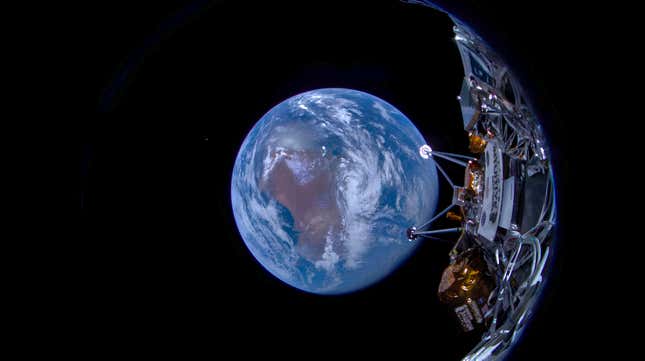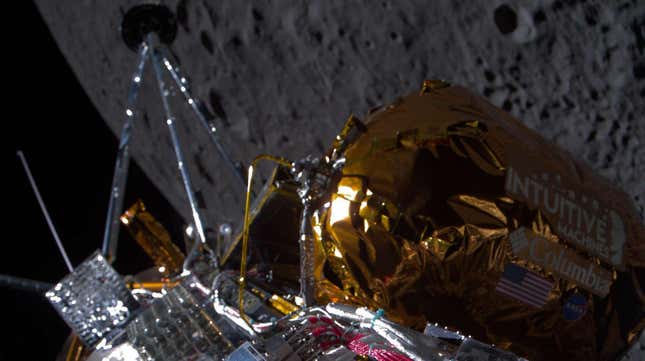
Things were looking good for Intuitive Machines’ Odysseus lunar lander, which made a soft touchdown on the Moon on Thursday and became the first American lunar lander since Apollo in 1972. But on Friday evening, NASA and the private Houston-based company reported that Odie appeared to have landed askew and may be tipped over onto a rock. Read on for this week’s top science stories.









